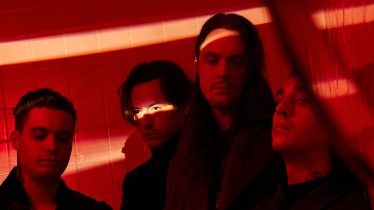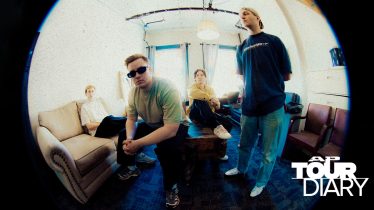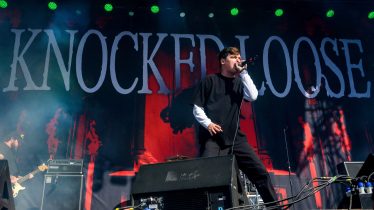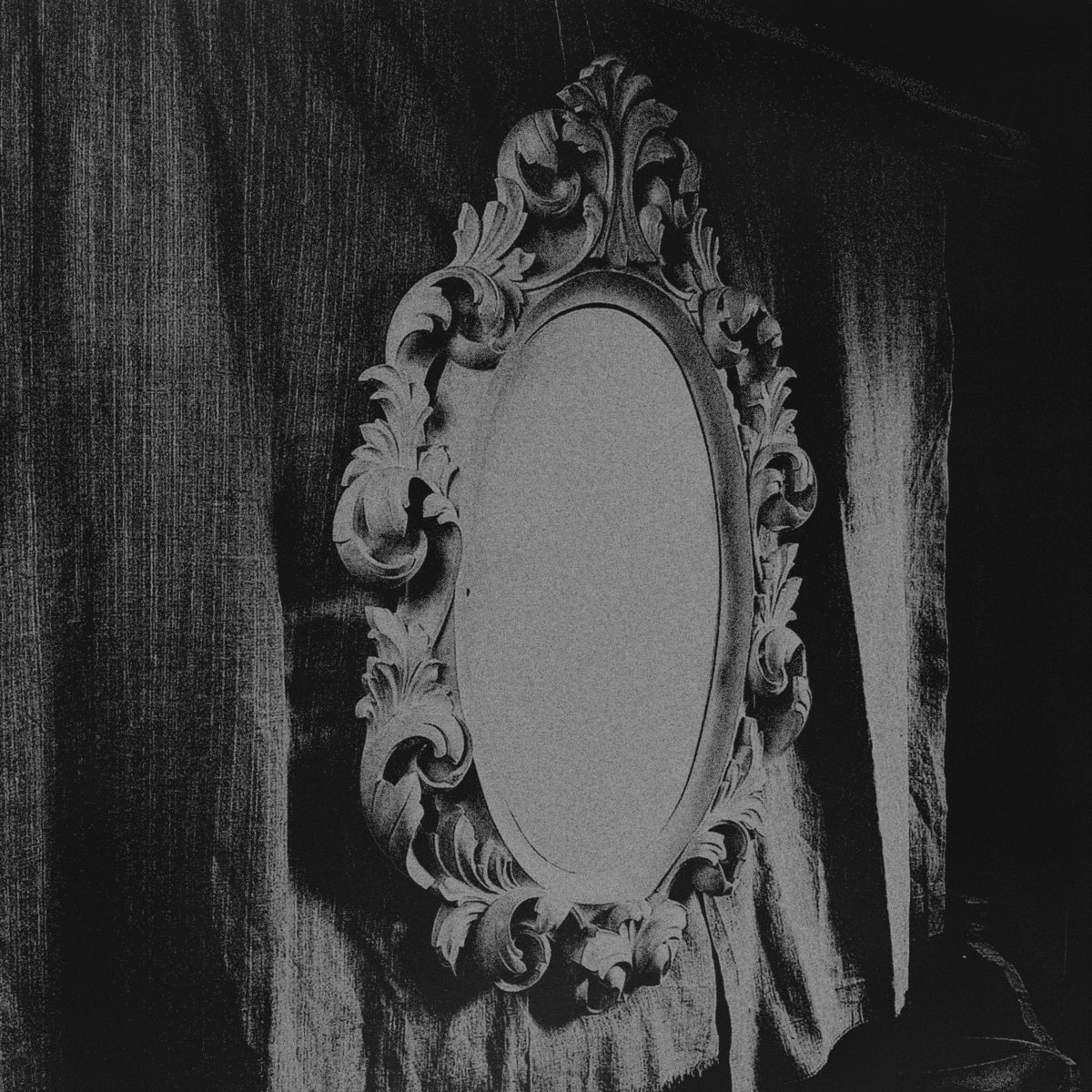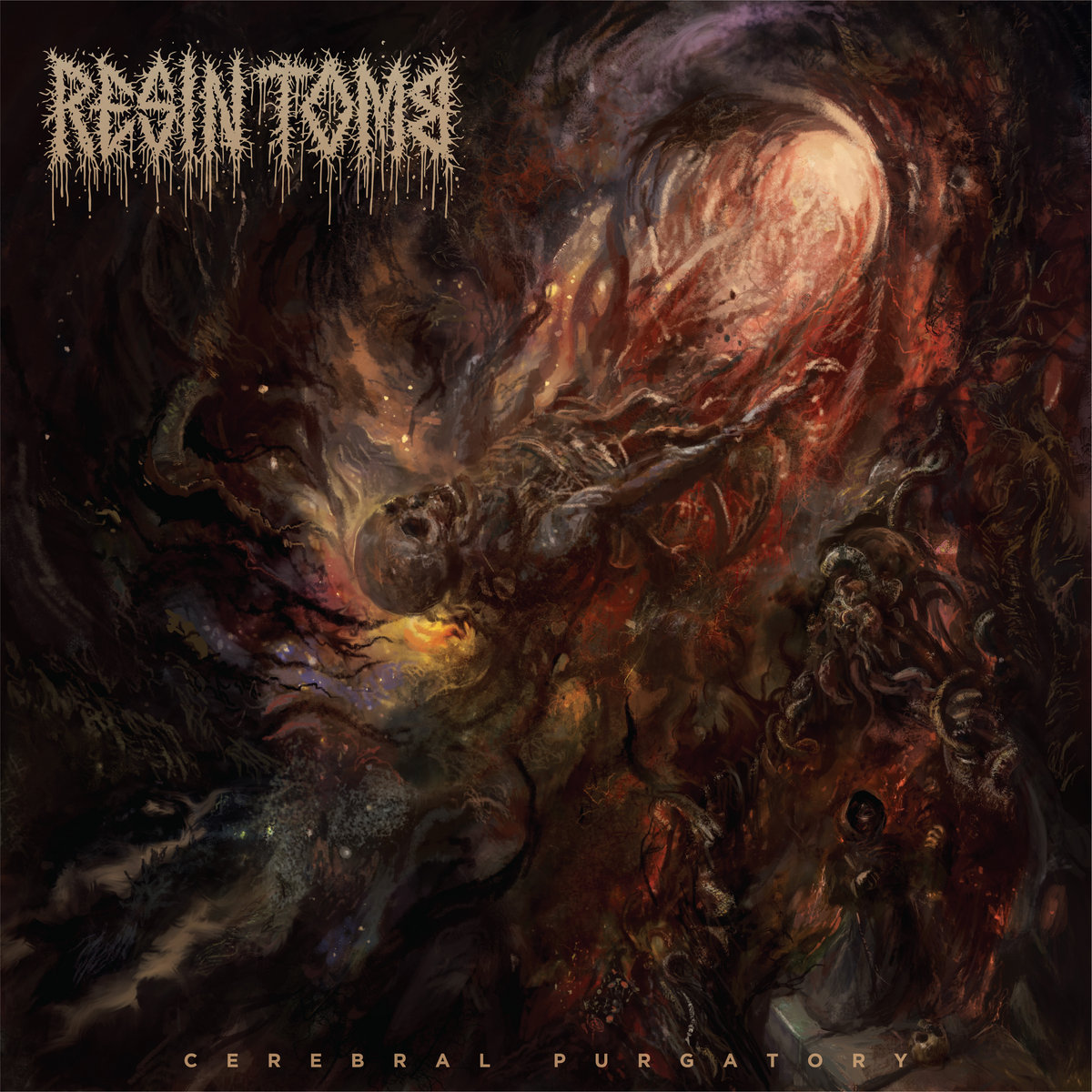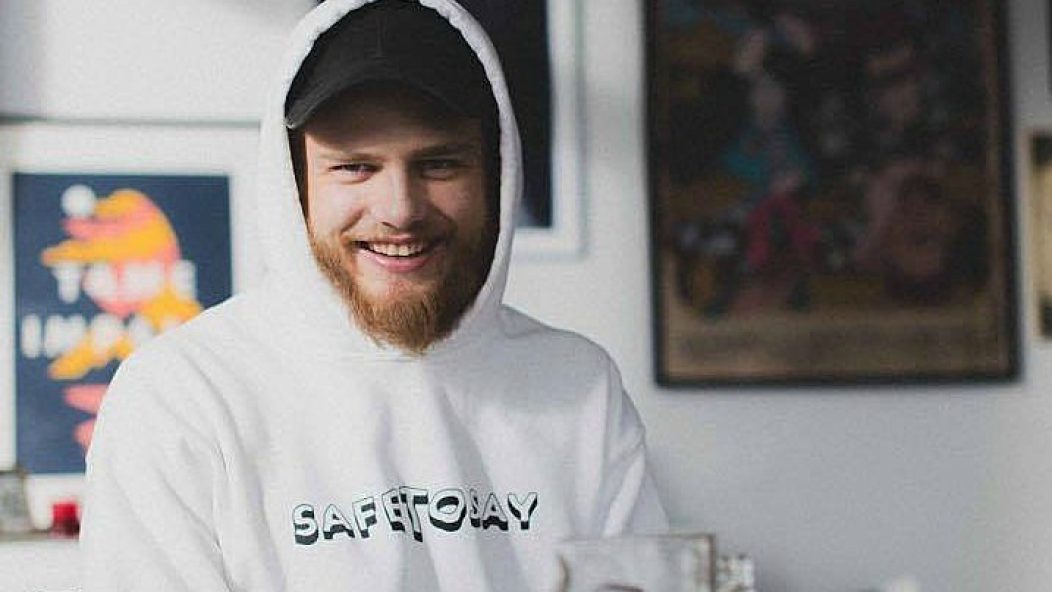
Jake Carruthers talks about what it takes to be an illustrator in the music industry
Jake Carruthers is a 22-year-old illustrator from Toronto who has created album art and T-shirt designs for many of the scene’s hottest acts—August Burns Red, Real Friends and Neck Deep are all in his repertoire. AP sat down to talk with him about his inspirations, what it’s like working with musicians and advice for starting a career in the scene beyond just playing in bands.

How did you get your start as an illustrator?
I’ve definitely drawn for as long as I can remember. While I was growing up, I was trying to find something more practical that I could work toward. I was thinking more of being a traditional graphic designer or working for an agency.
I went to OCAD for three years and I was behind a couple classes, [and] it started getting in the way of my career. It seemed like a weird contradiction that I was spending all my time doing homework and it was taking away from pushing myself further in illustration. At a certain point I realized that the experience would be worth more to me than it would to sacrifice that amount of time on school.
You’re currently working on a flyer for Creeper. What’s the process like for designing a show poster or illustration?
With something like this, it’s more of an involved illustration where it’s very complex, but I can go freestyle and reference some things and make something from my head. So for this, I’ll throw down some pencil and just get shapes. Next, I’ll put on some more details, refine things. I’ll sit there with an eraser and pencil and just go back and forth until I’m totally happy with it. Then I’ll [use] pen, then when I move to shading I can still tweak things. So up until the very last second, I’m trying to make things as tight as I can.
A bigger challenge is concepts: trying to think of things that people are going to like, that make sense with a band’s image and their brand, that will sell, that are cool and at the same time also represent me. Finding something that fits through that narrow path is always way harder than drawing anything.
With designs, where do you go for inspiration?
If I learned anything from going to OCAD it was how to think creatively in a very formulated way. I think about the initial idea, and I’ll just start thinking of words that make sense to me. I usually build very rough compositions in my head before I put them down to paper, but when I think of something I’ll draw a little thumbnail of it, see if it makes sense and do that a couple of times. I like weird things, obviously, so if I can make something shocking and strange, but clever, but also simple at the same time, that’s a perfect world for me.
How do you collaborate with bands? Is there ever any conflict with what they want versus what you think is best?
When I started doing this, it was a lot harder for me to speak up. I didn’t have the experience to know how to fix a problem. I would get an idea that was bad, and I wouldn’t want to turn it down because I didn’t have any other work, whereas now I want to give the best product that I possibly can, regardless of the circumstances. If someone brings me an idea and I really don’t like it, it’s part of my job to be able to give them a better idea or help them move their idea to something that will work.

What advice would you give to aspiring music-industry illustrators?
The biggest thing is to never stop moving—as soon as you do, someone else is going to want your job and they’re going to be able to take it. It’s a very fast industry. You gotta be really good and you gotta be committed to what you do. A lot of people want an artistic job because they think it’s going to be easy, but it’s not. It’s way harder than any other job because you’re letting yourself down if you don’t succeed. You have to want to work hard.

Next week: We talk to photograpgher Kurt Cuffy about his work in the music industry.
[Photo credit: Kurt Cuffy]
